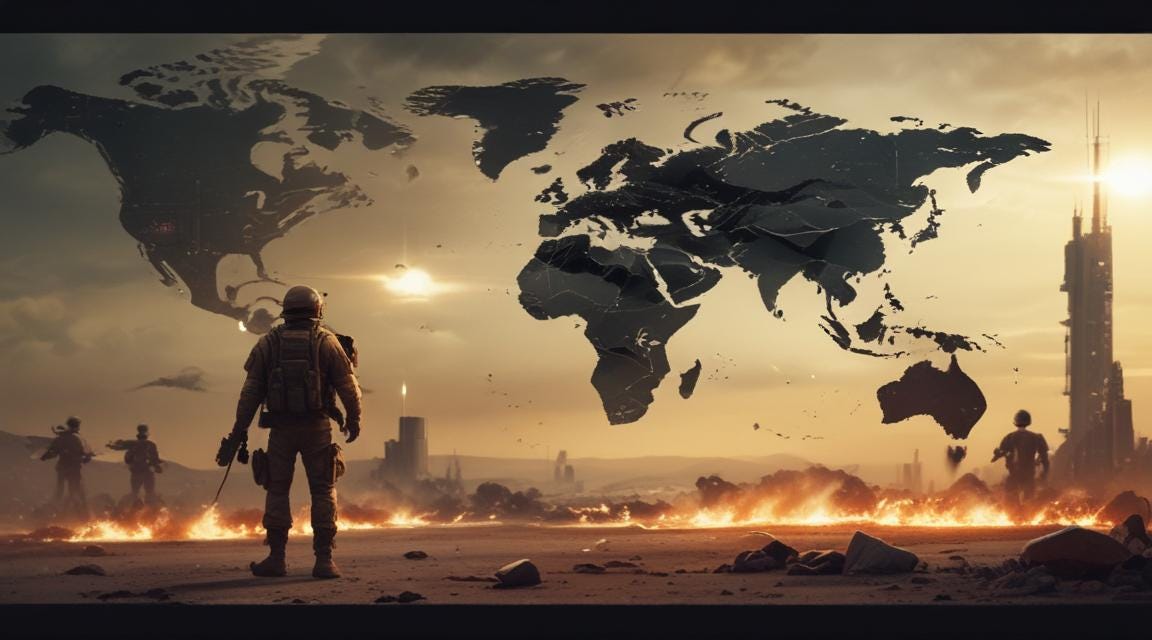OEPRATION WHITE STAR (aka Project White Star) began in 1959 as OPERATION HOTFOOT. The mission was part of the broader U.S. strategy to counter communist expansion in Southeast Asia during the Cold War, aligning with the domino theory. Its primary objective was to train the Royal Laotian Army and indigenous tribes, such as the Hmong and Yao, in guerrilla warfare to fight the Pathet Lao communist insurgency. Later, as the North Vietnamese Army increasingly used Laos as a staging and resupply area for operations in South Vietnam, the operation extended to include combat against these forces.
The operation was initiated under President Dwight D. Eisenhower and expanded under President John F. Kennedy, who authorized the public establishment of a Military Assistance Advisory Group (MAAG) in Laos on April 19, 1961, coinciding with the renaming from OPERATION HOTFOOT to OPERATION WHITE STAR. This allowed U.S. personnel to wear uniforms and resume public military courtesies, marking a shift from covert to more overt involvement.
OPERATION WHITE STAR involved deploying over 100 Special Forces soldiers initially in 1959, with the number peaking at over 600 by 1962, according to some sources, though others mention over 400 at the program's end. The soldiers were organized into detachments of 10–15 men, typically serving 6-month deployments. The first commander was Lieutenant Colonel Arthur D. "Bull" Simons, with subsequent commanders including Lieutenant Colonel Magnus L. Smith and Lieutenant Colonel John "Shark" Little.
The operation’s activities included advising Royal Laotian government forces, such as the GM 16 regiment (a 1300–1400 soldier unit located in Kiou Ca Cham, mountains southwest of Luang Prabang, northern Laos), and training hill tribal groups. Training programs covered weapons firing, patrolling, ambushes, raids, and forming guerrilla units, often using demonstrations with minimal oral instructions due to language barriers. The CIA played a significant role, directing and supplying efforts to organize and train Meo (Hmong) forces, with case officers based in Luang Prabang. For example, a Meo company of 95 men was organized, structured into a headquarters, three rifle platoons, and one weapons platoon, and home defense units totaling 360 personnel were trained for Meo villages.
Air support was provided by Continental Air Service, Inc. (CASI), which used Pilatus PC-6 Turbo Porter aircraft, and CIA-sponsored Air America aircraft, such as C-46s and C-47s, dropped WWII vintage one-hundred-men weapons packs and supplies. The operation also involved psychological operations, with a 12-man Psych-Op team under Lieutenant Colonel Chuck Murray augmenting efforts in January 1961.
Due to Laos’s official neutrality, U.S. soldiers initially wore civilian clothes and carried DoD civil service ID cards, reflecting the covert nature of the mission. However, the CPT Kong Le coup in 1961, coupled with the Bay of Pigs Invasion, forced a more overt U.S. military involvement, leading to the establishment of MAAG Laos. The operation ended in July 1962 following the Geneva Accords, which declared Laos a neutral country and required the withdrawal of foreign troops. President Kennedy authorized withdrawal not earlier than May 7, 1962, as per National Security Action Memorandum No. 149.
After OPERATION WHITE STAR ended, counterinsurgency efforts were passed to the CIA, which supported General Vang Pao’s clandestine army, continuing until the collapse of the Laotian government. Many former or on-loan Special Forces NCOs were involved in these efforts (note the stay-behind aspect from OPERATION GLADIO), serving as 'singletons' with hill tribesmen, maintaining contact via radio and receiving monthly resupply by CIA contract aircraft. The operation’s techniques, such as forming and leading indigenous forces, influenced later U.S. Special Forces counterinsurgency strategies, including OPERATION PINCUSHION.
OPERAITON WHITE STAR is noted as an early successful example of small Special Forces teams operating in semi-permissive areas, demonstrating the effectiveness of training and leading indigenous forces. However, it ultimately failed to prevent communist control of Laos, which fell to the Pathet Lao and North Vietnamese forces in 1975.
OPERATION WHITESTAR, and by relation OPN’s MOMENTUM and HOTFOOT, are the starting point for the US military’s use of small 5th group teams infiltrating local communities to establish a base of operations. These strategies have been deployed with significant effectiveness in environments like Afghanistan with the Taliban, Syria, Yemen, Lebanon, and throughout Africa working with warlords. One such example is OPERATION CYCLONE, when the US (primarily the CIA) funneled support to the mujahideen factions resistant to the Soviet Union. This support was to the tune of $3-6 billion thanks to the assistance of the Pakistani Inter-Services Intelligence (ISI) and would contribute to the later development of the Taliban.
Yes, that very same Taliban that took over Afghanistan after our abysmal retreat from the country during Biden’s presidency. OPN CYCLONE is the basis for the film Charlie Wilson’s War, which shows the efforts by the US Politician to get weaponry to the mujahideen fighters.
Stay tuned for more as I continue to indulge in my obsession with secretive military intelligence operations. Pulling back the curtain so more of the public can understand the scope, strategies, and pervasiveness on military intelligence initiatives. With the aim of preventing as many innocent bystanders as possible from becoming unwitting casualties, or assets, to these shadow games in 5th Generation Warfare (5GW). Which I recommend that readers check out my piece below that explains the overall macro strategy of 5GW and why it is so effective.
5GW: War Without Consent
This makes for an Original Sin aspect of 5GW in that every single individual is participating in the combat with or without their consent. All are the targets and the operators simultaneously. Schrödinger’s Soldier.






